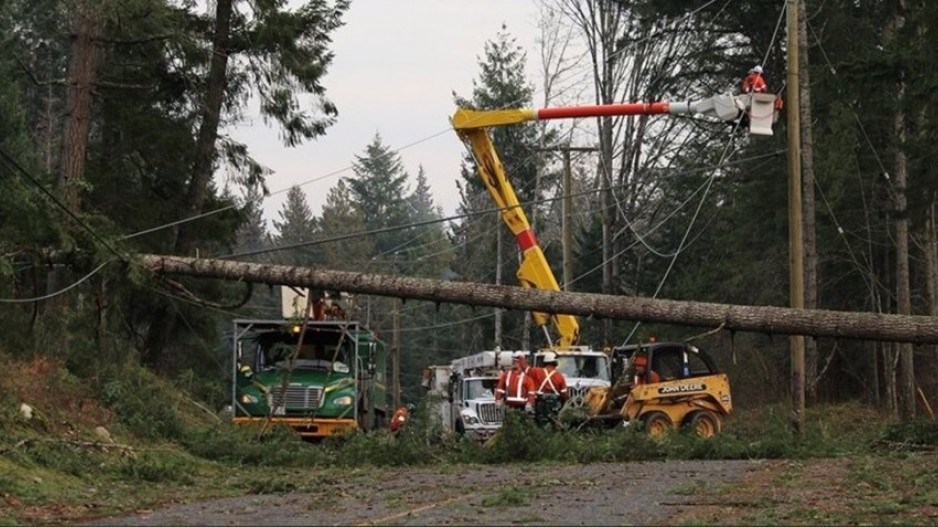Severe rainfall ravaged much of southern B.C. the past few days, choking off highway access to many communities and displacing some residents who were forced to evacuate amid flooding.
While many British Columbians’ homes have been damaged and communities thrown into uncertainty, the province also faces a “double tragedy” on the road to recovery, according to Jeremy Stone.
“People are experiencing multiple traumas, especially in the business sector,” said the director of the Recovery and Relief Services Inc. consultancy.
“They're also experiencing the loss of business or disruption of their income.”
When British Columbians begin returning home to assess the damage, economic opportunities both for business owners and employees within the community may be greatly diminished.
Stone, whose Vancouver-based firm specializes in economic recovery and disaster planning services, said this amounts to “a double tragedy for a lot of these folks” who may not find consistent income in their communities as recovery efforts unfold.
He said many entrepreneurs operate home-based businesses that may also have been severely damaged or even destroyed during this most recent disaster. If and when other business owners are ready to return to business as usual, they may find that their employees are not coming back.
“There needs to be on one level some really proactive work — preferably before something like this happens — where there are communication plans in place and back-to-work plans are in place so that businesses can connect with their employees and everyone can get going again,” Stone said.
“But for businesses that are going to be shut down, there needs to be support for the employees themselves.”
He noted other jurisdictions facing similar disasters will often enlist locals to help work on the direct recovery efforts before regular employment within the community resumes once again.
Stone said he was impressed with Merritt’s evacuation plans, whereby residents were evacuated to Kelowna if their home addresses were even-numbered and those with odd-numbered addresses were sent to Kamloops.
That’s not necessarily the same case for businesses.
“I definitely know that many other communities don't have that kind of plan. How do we immediately triage to businesses? How do we immediately support businesses and [secure] their major infrastructure like computer servers or major equipment,” Stone said.
“Oftentimes it’s just left to the individual businesses: ‘We hope you have a business continuity plan and if not, tough luck.’”
Since regional districts often lead the recovery phase of such disasters, Stone said having a business person in the room to advise regional districts on the potential impacts of closing transportation infrastructure or allocating specific relief funding.
Communication problems also frequently pose challenges during the recovery phase.
“You [can] have a mayor or council member go to the media saying things like, ‘We're completely shut down, don't come here,’ and then the business community saying, ‘Oh my gosh, I think we actually need some people to come here because we desperately need some income in the short term,’” Stone said.
The reverse is also often the case, he said, noting a community’s brand can take a hit if politicians urge people to visit before a town or city can support an influx of visitors.
With severe weather events expected to increase in the coming years — January data from the Insurance Bureau of Canada reveals $2 billion was paid out last year in insured damage compared with an annual average of $600 million from 2000-10 — more businesses will need to prepare for potential impacts brought on by such storms.
Last summer’s wildfires as well as the heat dome brought many parts of the province to standstill. And this most recent storm has already seen dozens of highways closed, significant power outages and throngs of residents displaced from their communities.
Stone is urging jurisdictions to be thoughtful about their economic resilience plans by ensuring proper committees are already in place and communications priorities are aligned ahead of any disaster.
“It is possible to do this, but there hasn't really been a lot of funding or political will for it,” he said.




